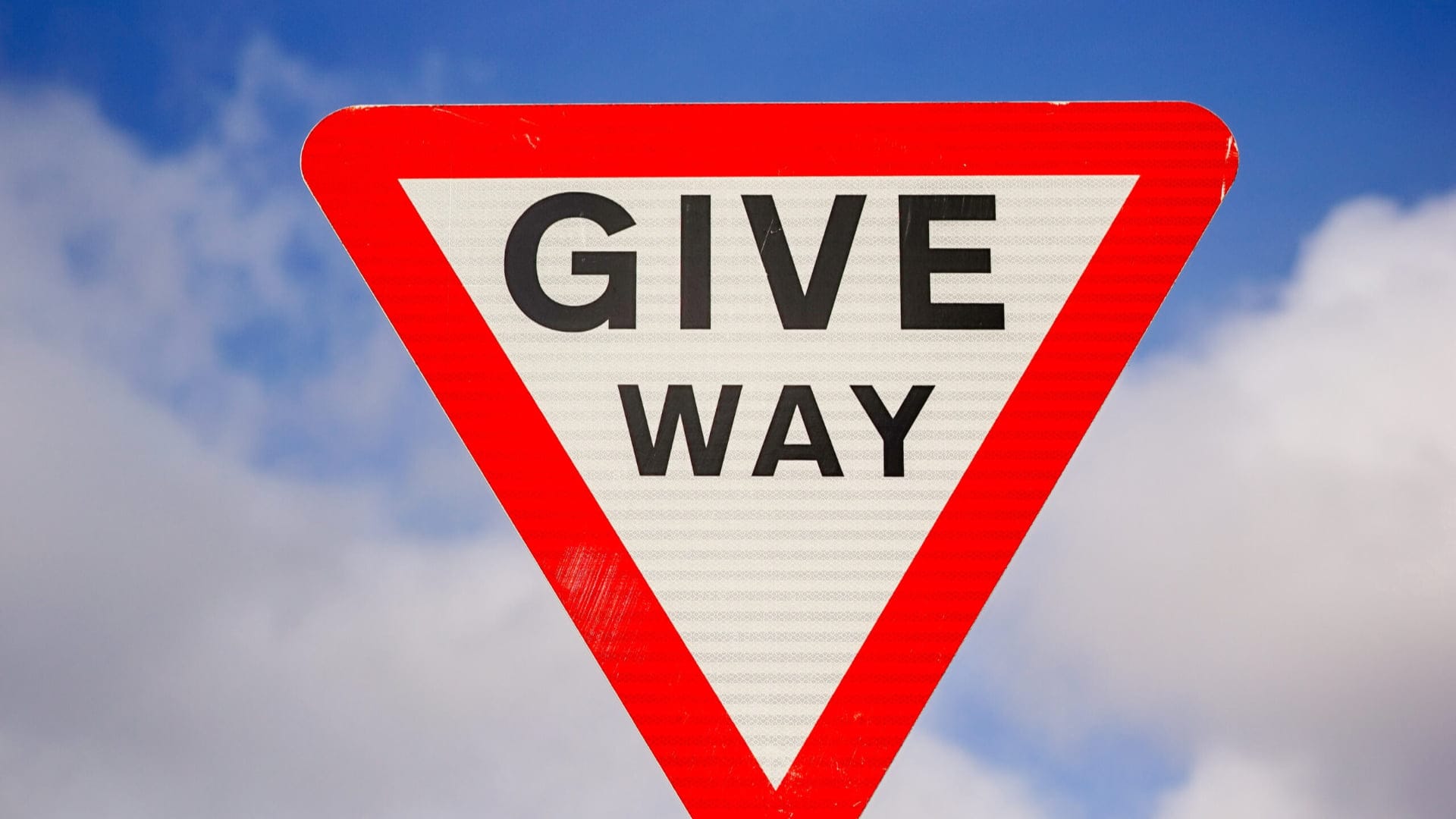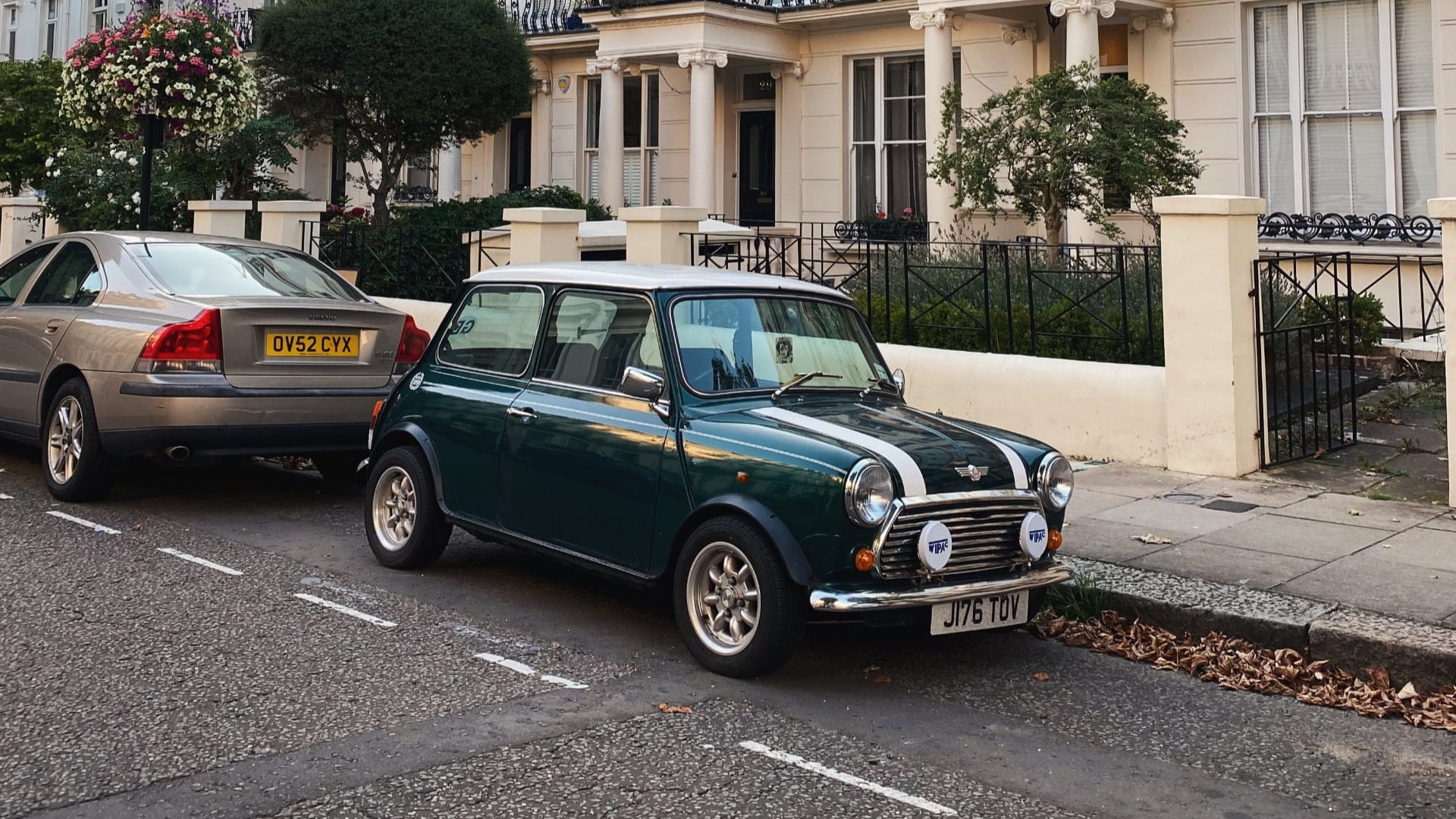In the UK there are over 1.5 million driving tests taken every year. Of those, 786,000 tests are failed – that’s a whopping 51 percent!
The UK practical driving test now costs at least £62 per attempt. So you stand to save a decent chunk of money by passing your test first time.
If you’re taking lessons with us, your instructor will be working hard with you to help you pass first time round. But our mission to help everyone become better drivers! That’s why we’ve put together our top five tips on how to avoid the most common driving test fails.

1. Observation at junctions
Failing to take effective observation at junctions or rushing to get out will not go down well with your examiner.
You must approach each junction with care and be fully prepared to stop. However, there is a fine balancing act to master as you must also avoid undue hesitancy. Be sure to plan well ahead by starting to look early.
Scrutinise the road – look in all directions. Check for cyclists, motorbikes and pedestrians crossing your path.
Your view may be obstructed by parked cars, trees or bushes so lean forward in your seat to look past obstructions. Only pull out when you are 100% sure it’s safe to go.

2. Reverse parking
Reversing too quickly without effective observation is a sure recipe for a driving test fail.
The examiner is looking for a high level of control and accuracy, so keep your car moving very slowly. Check your mirrors and turn your head to check your blind spots.
You need to be looking out for small children or animals that may be behind your car, whilst also keeping an eye on traffic movements all around you. Be prepared to pause to take a good look around your car.
If other road users are trying to get past you, be patient and wait to let them pass in safety.
You should aim to park with your car parallel to the kerb, not too close – and not too far away either! If you do touch the kerb, stop and take effective observation. Once you’re ready, move forward to adjust your position.
Remember – if you make a mistake, the driving test examiner will want you to keep calm and carry on.

3. Use of mirrors
The examiner will expect you to check your mirrors frequently and to act upon what you see.
You must check your mirrors every time before you:
- Signal
- Change position in the road
- Alter the speed of your vehicle
You should use your mirrors in pairs. So for example, if you’re planning to turn left check your centre mirror first, then your left-hand door mirror.
You should check your mirrors whenever you identify a potential hazard. Being fully aware of what’s behind you will help you plan in case the hazard develops and causes you to change speed or direction.
Make sure you always keep plenty of space ahead of you. This will give you plenty of time to check what’s happening behind.
Not feeling confident with your mirror skills? Our Ultimate Guide to Using Mirrors can help!

4. Moving away safely
Creating a bad first impression can end your test early!
Here are some common errors that will lead to a driving test fail:
- Forgetting to check what’s in front or behind you
- Poor balancing of clutch and accelerator
- Not signalling your intentions
Pulling away is one of the first things you’ll do in the test, so make sure you do it right. Start by calmly thinking your way through it – and be sure to check that blind spot with a turn of your head.
You will be asked several times during your driving test to pull up in a safe place. Sometimes this will be on a busy street and sometimes on a hill.
During your driving lessons, make sure you practice moving off safely. You should only move off when you are confident you won’t force other vehicles to change their course or speed.
Make sure you’re confident with the POM routine and the six point check: watch our guide to moving off safely.

5. Use of signals
How many times do you see other drivers using their signals incorrectly?
It happens all too often, so let’s make sure you get it right:
- Always use your signals in good time
- Use them correctly to signal your intentions to others
- Avoid giving confusing signals
Here are some common examples of driving test fails related to signalling:
- Not signalling before pulling up on the left when there is traffic close behind you
- Leaving a left signal on whilst driving past a side road
- Flashing or waving pedestrians to cross the road when it is not safe
- Repeatedly forgetting to signal before exiting a roundabout
- Signalling to pass every parked car
Worried you might be making some of these mistakes? Watch our free video on how to use signals correctly.
Practice makes perfect
If you follow our advice and drive regularly with both your driving instructor and in your own private practice sessions you stand the best chance of passing your test with flying colours!
Still deciding which driving school to go with? Not getting along with your current instructor?
Why not take a look at what we can do to help you pass your test.
